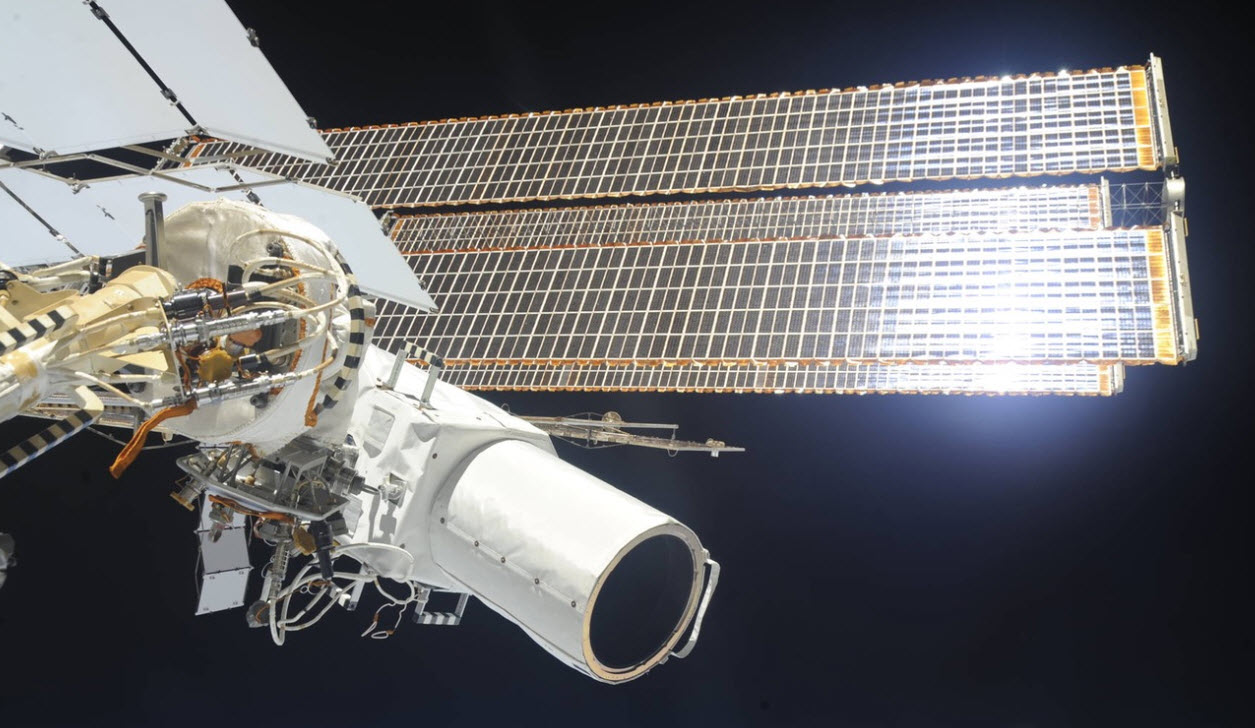In a monumental leap for space technology, China has unveiled a cutting-edge space camera capable of capturing minute details from an altitude of 100 kilometers. This groundbreaking development promises to revolutionize Earth observation and various related fields.
Unprecedented Imaging Capabilities
The newly introduced space camera boasts an impressive resolution, enabling it to discern objects as small as 3 centimeters from its orbital perch. This level of detail surpasses previous imaging technologies, setting a new standard for satellite-based observation.
Technological Innovations Behind the Camera
Achieving such high-resolution imaging required significant advancements in optics and stabilization. The camera employs a state-of-the-art lens system combined with adaptive optics to counteract atmospheric disturbances. Additionally, a precision-controlled stabilization platform ensures image clarity by compensating for the satellite’s motion and vibrations.
Diverse Applications Across Sectors
The implications of this technology are vast. In agriculture, farmers can monitor crop health with unprecedented detail, allowing for targeted interventions and improved yields. Urban planners and environmentalists can track changes in land use, deforestation, and urban sprawl with greater accuracy. Moreover, disaster response teams will benefit from real-time, detailed imagery to assess damage and coordinate relief efforts more effectively.
Global Implications and Collaborations
China’s advancement in space-based imaging positions it as a formidable player in the global space industry. This development opens avenues for international collaborations, offering countries and organizations access to high-resolution Earth observation data. Such partnerships could enhance global efforts in climate monitoring, resource management, and security.
Privacy and Ethical Considerations
While the benefits are substantial, the capability to capture such detailed images raises concerns about privacy and data security. Ensuring that this technology is used responsibly, with appropriate regulations, will be crucial to address potential ethical dilemmas.
Future Prospects
Looking ahead, China plans to integrate this camera technology into a constellation of satellites, providing comprehensive, real-time monitoring of the Earth’s surface. This network aims to support sustainable development initiatives, environmental protection, and bolster global disaster preparedness.
In summary, China’s unveiling of a space camera with the ability to capture minute details from 100 kilometers away marks a significant milestone in space technology. Its diverse applications have the potential to transform multiple sectors, underscoring the importance of balancing technological progress with ethical considerations.














